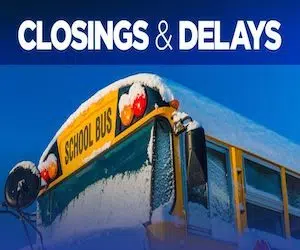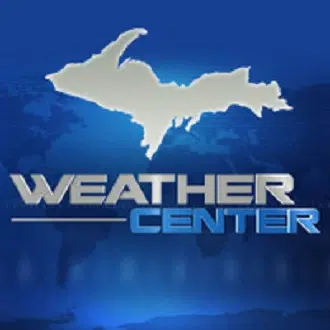The first hunt period of the 2018 elk season starts tomorrow, Aug. 28, and 100 Michigan hunters will have 12 days to fill 30 any-elk and 70 antlerless-only licenses issued in the northern third of the Lower Peninsula.�
“In general, elk hunters have a remarkable success rate during this first hunt period,” said Brian Mastenbrook, DNR wildlife field operations manager working out of the Gaylord office. “With only 100 hunters, we can really work closely with hunters and landowners to find elk.”
The first hunt also known as Michigan’s early elk hunt allows hunters to harvest an elk in any location in the elk management unit except within the core elk range; this approach helps to target animals that have moved outside the core elk range. Regulated hunting is a management tool used to influence how many elk are present and where they are located. The goal is to keep the majority of elk within the core elk range.
Michigan’s elk population has been hunted annually since 1984 and at this time has an estimated population of more than 1,200 animals above the state’s current population goal of 500-900 elk. That goal was set by the Elk Management Advisory Team and outlined in the 2012 Elk Management Plan.
This year marks the 100th anniversary of the reintroduction of elk to Michigan. In 1918, seven elk from the western United States were brought to Michigan and released near Wolverine, in Cheboygan County, to help re-establish the state’s elk population. Check out this brief video, tracing Michigan’s elk history.
Several activities and opportunities are available throughout this year to help mark the milestone:
- The wildlife habitat license plate currently spotlights Michigan elk.
- A contest was held to design a new elk poster.
- The free education program for high school educators is offered.
- The DNR has hosted outreach programs in several local communities.
(Michigan DNR photo from 2015)























